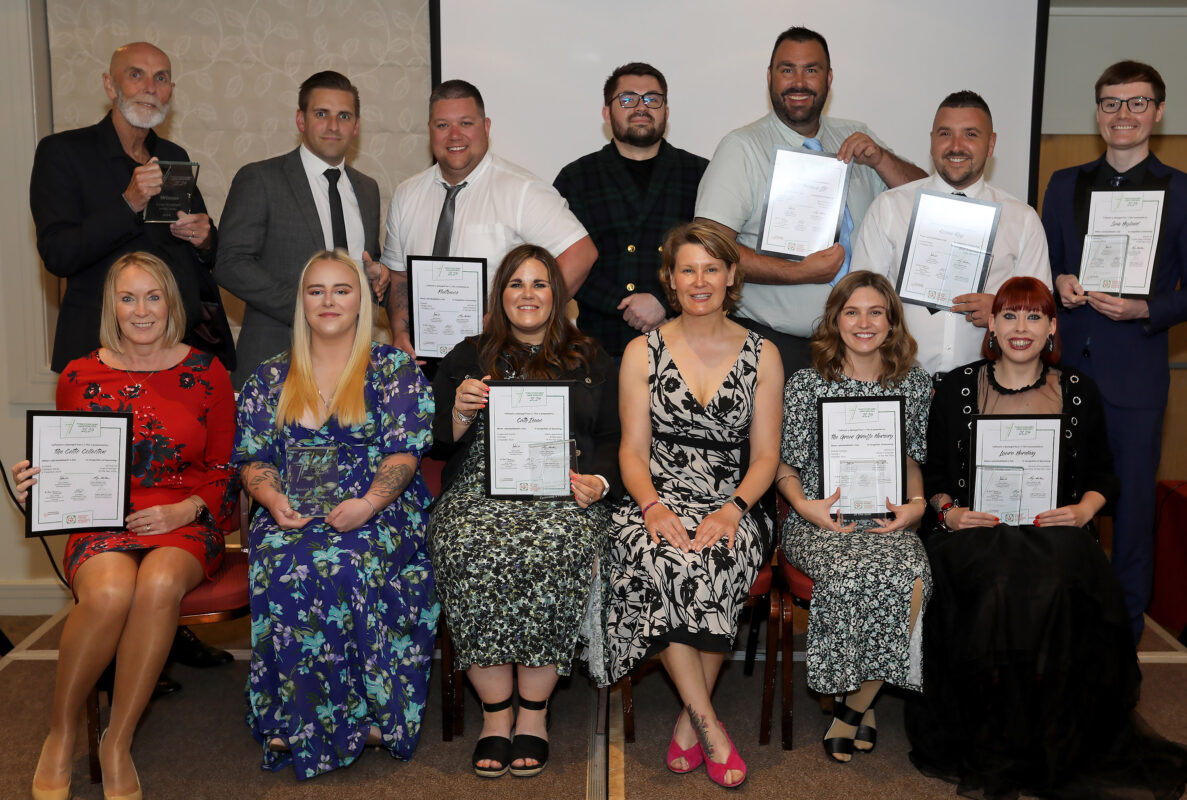The Case for Conversational AI in Education & Employability Programs

This article explores the transformative impact of conversational AI in education and employability, highlighting its potential to personalise learning, streamline job support services, and address the unique needs of individuals as we navigate the challenges and opportunities of the 21st-century workforce.
In an era where technology and the job market evolve at an unprecedented pace, the significance of integrating more innovative technology into education and employability strategies cannot be overstated.
This post delves into AI in education & employability. Offering insights into how it shapes the future of workforce development. If that sounds like something you are interested in, tag along as we explore the potential, challenges, and real-world application of AI in this sector.
We should look at AI much more as a co-pilot than something that necessarily is going to replace someone’s job. AI is a tool that can help almost everybody do their jobs better, faster, quicker, and that’s how we’re already seeing it being deployed.
~Prime Minister Rishi Sunak (2023)
The Landscape of Outsourced Public Services
In today’s world, many important services offered to citizens are handled not directly by the government but by other private organisations. These are known as outsourced public services. They cover a wide range of things, like education, healthcare, transportation, and even employment support. The organisations that provide these services often work closely with the government to make sure everyone gets the help they need.
But sometimes, these services face challenges especially given the number of people being managed. One big challenge is making sure they work well for everyone. For example, when it comes to helping people find jobs, it’s not always easy. Many people are looking for jobs, and it can be hard for the services to help everyone in the best way possible. Not having easy access to insights about an individual often means that they don’t receive the support they need. That’s where new technology, like AI comes in.
AI is really smart technology that can help these services work better. It can analyse a lot of information quickly and find the best ways to help people. And that’s what we’re going to explore.
Impacting Education & Employability
Today, AI, especially Conversational AI, is capturing the spotlight. This technology allows computers to understand, process, and respond in human languages. It shines particularly in the fields of education and employability, where meaningful interactions are crucial, serving as a powerful enhancer of human communication.
In employability, for instance, individuals often engage in extensive dialogues with advisors and undertake numerous steps to overcome obstacles and enter the job market. These conversations typically last an hour or more. Could Conversational AI shorten these sessions without sacrificing their effectiveness? The answer is a resounding yes. Conversational AI has evolved to the point where it can handle much of the groundwork, making personalised support, which is challenging for providers to offer, more accessible to a larger number of people.
However, it’s too soon to suggest completely replacing human interactions with AI. The goal should be to use technology to its fullest—capitalising on its ability to quickly gather and sort through data—while keeping the invaluable human element of advisor support intact. This balanced approach creates a synergy that delivers faster, high-quality help, broadening our ability to assist more people.
In the educational sector, conversational AI is paving the way for tailored learning experiences and support. Its most evident application is in providing on-demand tutoring, thanks to the vast knowledge embedded within Large Language AI models. This technology is available around the clock to answer questions, clear up confusion, and offer explanations, helping to fill the gap when teachers and classmates are unavailable.
Yet, this is just the beginning. As AI continues to advance, we can anticipate a transformative shift in how educational content is engaged with. In five years, we can expect to see innovative educational models that move away from the traditional one-size-fits-all approach. These new models will be more intelligent, adapting to each learner’s pace, preferences, and needs, ensuring that students are not merely passive receivers of information but active participants in their educational journey.
Showcasing Diverse Applications
Now let’s look into some real-world examples of this technology in action.
CHATGPT: A Virtual Teacher for Diverse Subjects
You probably know ChatGPT but if you don’t that’s fine. It stands as a prime example of Conversational AI’s potential. It acts as a virtual teacher across a broad spectrum of topics, making learning super accessible. Gartner predicts that by 2026, traditional search engine volumes will decrease by 25% due to alternatives like ChatGPT. The introduction of voice features in the ChatGPT app further simplifies interaction, allowing for skill assessments, mentoring, and more through this single interface.
Earlybird: Pioneering Conversational AI in Employability
Earlybird, a UK-based startup, leverages Conversational AI and voice technology to redefine access to support and services, particularly in employability programs. This innovative approach highlights the potential of AI-powered customer service in outsourced public services. At its core, Earlybird uses Conversational AI to offer a dynamic, user-centric solution. It captures voice and text interactions to create detailed participant profiles for advisors, improving support and understanding of participants. Key applications include:
- Program Onboarding: Ensuring smooth entry into employability programs.
- Progress Check-Ins: Automated updates to monitor participant progress and highlight areas needing extra support.
- Destination Tracking: Gathering data on participants’ job status post-programme.
- Referral Triage: Streamlining identification and support for eligible individuals.
Earlybird’s vision showcases the significant benefits of integrating Conversational AI into employability programs, facilitating a smoother journey toward employment for both service providers and participants.
TeacherMatic: AI for Educators
TeacherMatic, developed through the collaboration of over 300 teachers, is an AI platform tailored for educators. It aims to reduce the time teachers spend on preparing high-quality classroom resources. By entering a topic, educators can quickly generate lesson plans, activities, and worksheets, eliminating the need for time-consuming research and design.
This platform harnesses advanced language processing to accurately capture teachers’ requirements. It boasts more than 50 AI-assisted tools designed to ease educators’ workload. TeacherMatic exemplifies a community-driven approach to innovation, enabling teachers to devote more time to teaching and engaging with their students.
FutureFit AI: Personalised Career Assistance
FutureFit AI offers an AI Career Copilot, designed to adapt to the unique career needs of workers. This tool is a step forward for organisations looking to offer personalised career guidance tailored to specific industries, geographies, or use cases. The AI Career Assistant provides around-the-clock support in users’ preferred languages, helping them explore career paths, find skills training, and job opportunities.
Unlike general-purpose solutions like ChatGPT, FutureFit AI’s Career Copilot specialises in career assistance. It is fine-tuned with domain-specific data, including live labour market information, to provide grounded, actionable advice. With features like multilingual support and SMS sign-up, Career Copilot aims to make career advancement accessible to a broader audience, moving beyond the capabilities of traditional AI models to offer a comprehensive support system.
These examples illustrate the versatility and potential of Conversational AI across education and employability sectors. By harnessing this technology, we can create more personalised, efficient, and accessible learning and career development opportunities, paving the way for a future where technology and human ambition align more closely than ever before.
Conclusion
Looking ahead, it’s clear that conversational AI will play a much bigger role in both learning and jobs. Bringing conversational AI into schools and job programs shows great promise for meeting the needs of students and the job market today. But as we keep exploring and using AI more, we must always aim to use this technology to help people whether that’s students, teachers, advisors, etc. By focusing on these goals, conversational AI can really make a positive difference, opening up new opportunities and helping everyone succeed in a world that’s changing fast.
By Boris Bambo, CTO at Earlybird











Responses